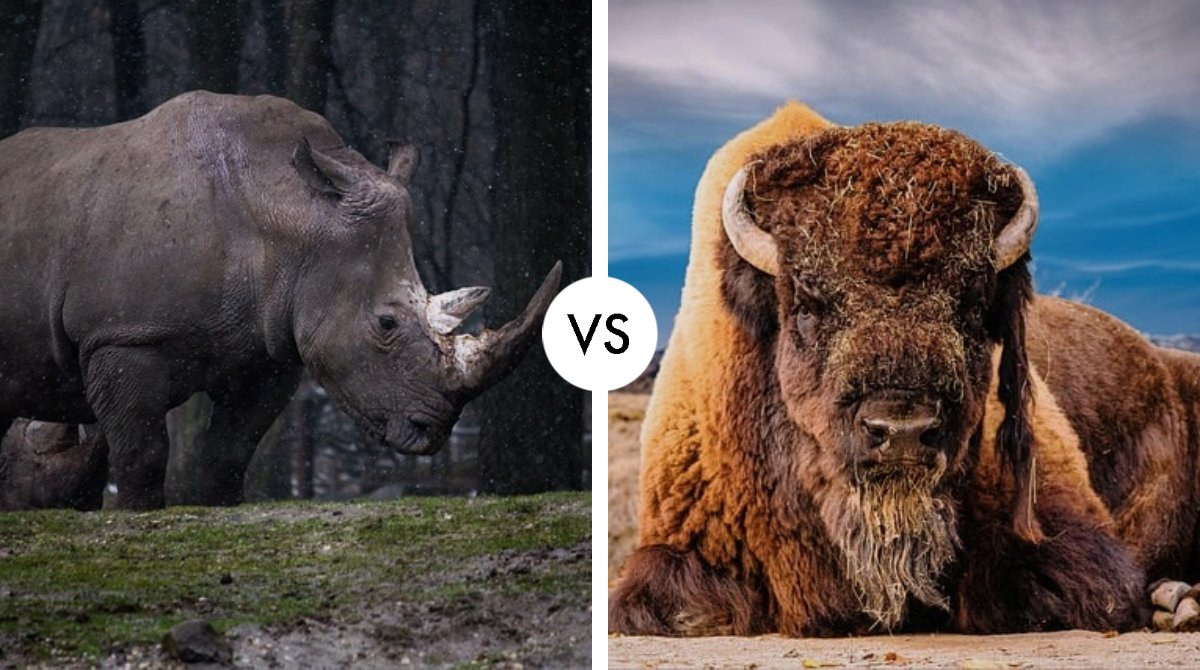Location and Habitat
The sparrow, a small, often brown and grey bird, thrives in a variety of habitats including urban areas, farmlands, and forests. Commonly found across Europe, Asia, and Africa, sparrows have also been introduced to the Americas and Australia, adapting well to different environments by nesting in trees, bushes, and even building crevices.
In contrast, the starling, known for its iridescent plumage and mimicking abilities, prefers open to semi-open areas and is commonly found in gardens, farmlands, and urban settings. Originally native to Europe, Asia, and North Africa, starlings have been introduced to other regions such as North America, Australia, and New Zealand, where they often gather in large, noisy flocks that can dominate local ecosystems.
Sparrow vs. Starling Comparison
| Animal | Size and Weight | Ability to Finish Opponent | Weaponry |
|---|---|---|---|
| Sparrow | Approx. 12-20 cm in length, 12-40 grams | Low; primarily avoids conflict | Beak, flight |
| Starling | Approx. 20-23 cm in length, 60-96 grams | Moderate; can be aggressive in defending territory | Sharp beak, strong flight capabilities |
Hunting and Skills
Sparrows primarily feed on seeds and insects, using their strong beaks to crack open seeds or capture small prey. They are not aggressive hunters but rather opportunistic feeders, often foraging on the ground for food. In contrast, starlings are more versatile in their diet, preying on insects, fruits, and even stealing food from other birds. Starlings are known for their aggressive behavior, especially in groups, where they can outcompete other birds for resources. They often hunt in flocks, descending on fields or trees to overwhelm other species and consume available food sources. Both sparrows and starlings are preyed upon by larger birds such as hawks and cats, with their main defense being their quick flight abilities and, in the case of starlings, their strength in numbers.
Sparrow vs. Starling Who Would Win?
The sparrow and starling begin by sizing each other up. The starling, being slightly larger and more aggressive, takes the initiative, diving towards the sparrow. The sparrow, agile and quick, dodges the attacks, using its speed to its advantage. The fight consists of aerial maneuvers and pecking when they get close. The starling uses its strength to try and overpower the sparrow, while the sparrow aims to outmaneuver the starling. As the fight drags on, the starling’s stamina begins to wane slightly faster than the sparrow’s. In a final swift move, the sparrow dodges a direct attack and counters effectively, forcing the starling to retreat.
Winner: Sparrow with a 60% chance of winning.




